NIL
For Liquid Death, sports was just the 'next frontier' for its marketing


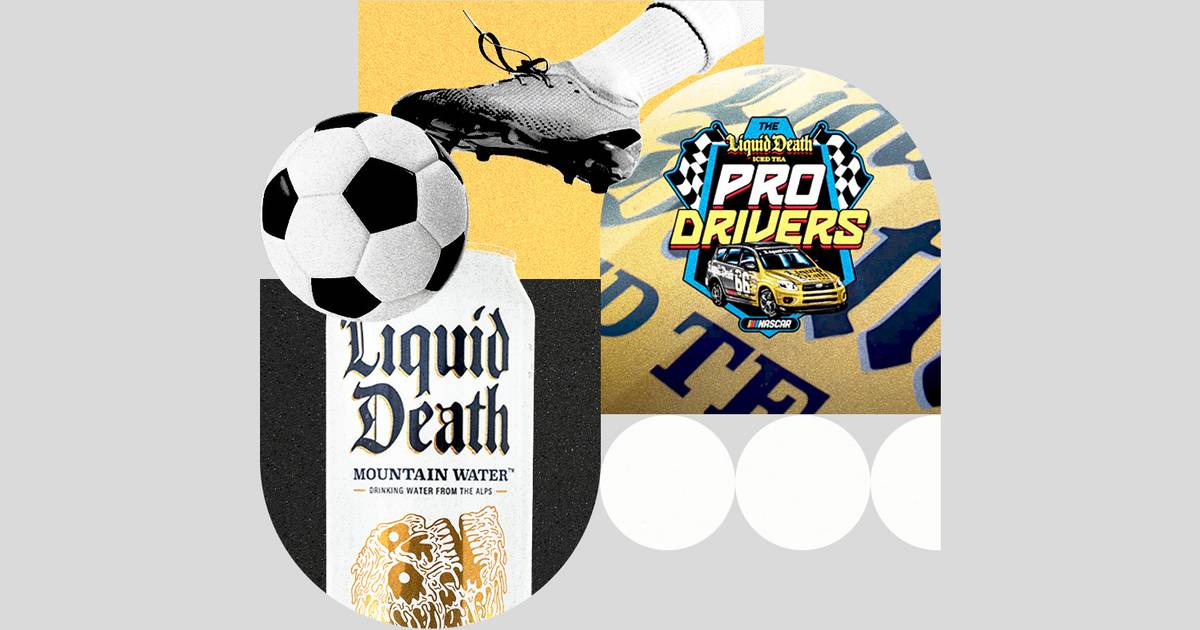
Sports marketing has long been flooded with beverages. Sports drinks, alcohol brands, and Big Soda are historically dominant in the space, and with prebiotic–soda brands claiming their piece of the pie, it’s only getting more competitive.
Liquid Death is one such brand that’s recently started throwing its hat—or should we say can—in the ring.
The canned-beverage brand became a Nascar sponsor last spring, kicking off a string of sports partnerships that today include pro football, baseball, and soccer teams. This year, there was a Super Bowl ad, and last month, the brand inked a wide-ranging deal with the Madison Square Garden family of entertainment venue companies, landing Liquid Death iced teas and sparkling waters at MSG, Radio City Music Hall, and the Beacon Theater in New York, as well as at Sphere in Las Vegas.
It’s all aimed at helping Liquid Death build its reputation beyond water, Ryan Heuser, SVP of experiential marketing, said.
“Sports was the next frontier for us,” Heuser told Marketing Brew. “Gen Z and…millennials at a younger level are not consuming alcohol at events, or in general, as [much as] they had traditionally, and so we know that there’s a place for us…within the stadiums and arenas.”
Start your engines
With Live Nation as an investor and partner, Liquid Death has roots in the music and entertainment space, but it wasn’t until 2024 that the brand officially expanded to sports. When Liquid Death was preparing to release its iced-tea product, the team realized that the beverage “overindexed with Nascar fans,” Heuser said.
“Nascar fans are second to none when it comes to being passionate about their sport, but also being passionate about supporting the brands that support their favorite teams, and Nascar in general,” he said. “We saw a ton of success at tracks.”
Partnering with Nascar provided Liquid Death with more than just a place to sell its drinks. There have been fan engagement opportunities, including sampling at races, Heuser said, as well as the use of Nascar IP for other activations, like Liquid Death’s “Pro Drivers” campaign, in which it selected three people to join the “Liquid Death Pro Drivers” team, sponsoring them—as opposed to actual pros—with branded car wraps, $30,000 contracts, a year’s supply of iced tea, and customized merch.
Spread your wings
In terms of traditional sports TV advertising, Liquid Death jumped into the deep end this year, running its first national Super Bowl ad after an experiential stunt last year and a regional ad in 2022. Heuser declined to share specific figures, but he said the 2025 Super Bowl campaign resulted in a sales lift. The brand’s football efforts are continuing: Less than a month after the game, Liquid Death signed a multiyear deal to become the official iced-tea partner of Super Bowl champs the Philadelphia Eagles.
Get marketing news you’ll actually want to read
Marketing Brew informs marketing pros of the latest on brand strategy, social media, and ad tech via our weekday newsletter, virtual events, marketing conferences, and digital guides.
Heuser said he’s regularly in talks with teams across leagues, and the Eagles stood out for reasons beyond their championship rings (and retired center Jason Kelce’s podcast). Part of the reasoning was local pride: Liquid Death’s founder, Mike Cessario, is from outside of Philly, for one, and the area continues to be a “priority market” for the company, Heuser said. Beyond that, anyone who knows an Eagles supporter knows they’re often “passionate fans from the day they’re born until the day they die,” he said.
After seeing success with Live Nation and Nascar events and locking in the Eagles sponsorship, Heuser and his team went even bigger on in-person sports and entertainment experiences by partnering with the Madison Square Garden portfolio. It was an opportunity that he said represents an exciting and changing business landscape.
“Traditionally, some of the bigger brands have locked up [non-alcoholic beverage sponsorships] across the board for years and years,” Heuser said. “But we’re starting to see great opportunities…for other brands to come in.”
Just for kicks
Since Liquid Death is working with some of the biggest teams and venues in the country, it may come as a surprise that the brand typically doesn’t do individual athlete deals, according to Heuser. For now, he said, there’s just no need. “We’ve been really lucky where we have a lot of interesting celebrities or athletes who are just either fans of the brands or friends of the brand,” he said.
Tony Hawk, for instance, is an investor in the company, and as part of that relationship, he worked with Liquid Death to release a limited number of skateboards painted with his blood. They sold out almost immediately, Heuser told us. (Liquid Death has, however, partnered with the wife of a retired pro athlete, Kylie Kelce.)
Now, Heuser has his eye on the ball—the soccer ball, that is. Liquid Death is the jersey sponsor of USL Super League team Brooklyn FC, a partnership that Heuser said allowed the brand to work with a women’s team for the first time while simultaneously letting it “put a toe in the water” with soccer. Now that he’s had a taste of the sport, he’s eager for more, especially considering Liquid Death is looking to grow among Latino men.
“We know that Latino men index very high as soccer fans, and so I would be lying if I said I didn’t have one eye looking into the world of soccer,” Heuser said. “It’s not to say that we are going to make any moves, that we’ve had any conversations yet, but it’s definitely something that’s on [our] radar.”
NIL
College Football TV Ratings: Army-Navy Game averages 7.84 million viewers
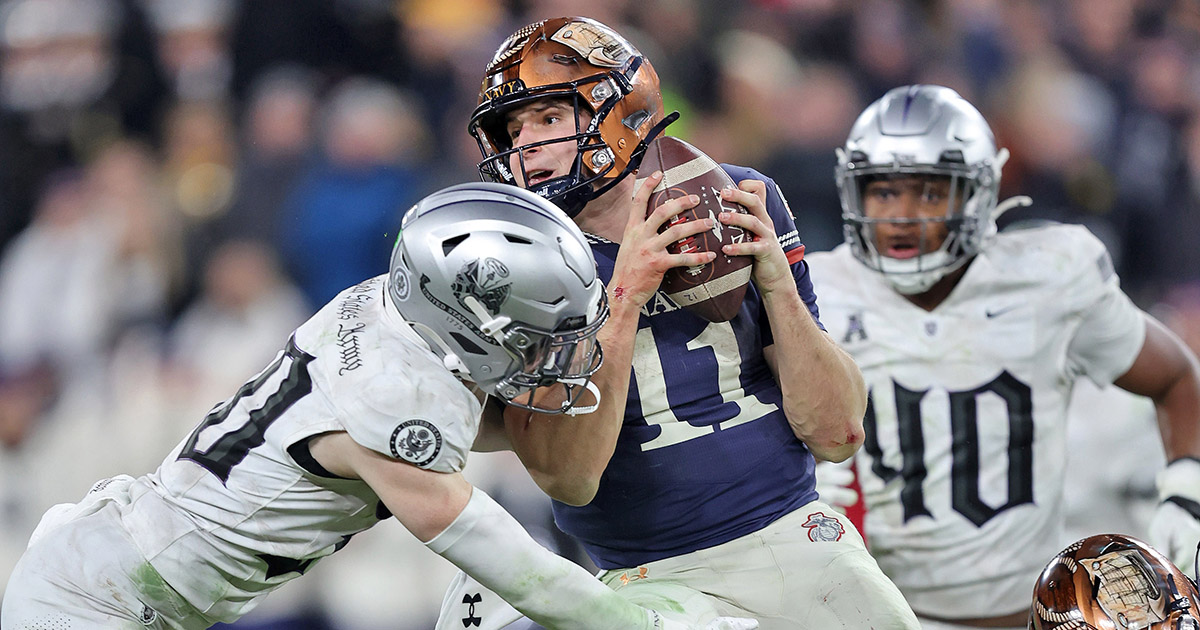
Once again in its standalone window, America’s Game came down to the wire last week. Ultimately, Navy got a second straight victory over Army, and it became CBS’ most-watched college football game of the season.
An average of 7.84 million people watched as Navy came away with the victory at M&T Bank Stadium in Baltimore. While it’s a 17% decrease from last year’s 9.4 million viewers – the best since at least 1990 – it’s still the second-best viewership for the game since 2018, according to Sports Business Journal’s Austin Karp.
SUBSCRIBE to the On3 NIL and Sports Business Newsletter
Last year’s Army-Navy game topped the previous high mark of 8.45 million viewers in 1992. In addition, it tops CBS’ slate of games this year, beating out the 5.6 million viewers who watched Indiana at Oregon in Week 7, according to data compiled by On3.
This year’s Army-Navy game also marked the last for CBS analyst Gary Danielson in the booth. He has worked 17 matchups between the two programs and will get ready for retirement following the Sun Bowl later this month. Charles Davis is set to join Brad Nessler in CBS’ lead booth starting next season.
With the victory, Navy extended its advantage in the all-time series against Army, which dates back to 1890. The Midshipmen have an all-time 64-55-7 record against the Black Knights.
How it happened: Navy defeats Army
Navy struck first in the first quarter of last week’s game, taking a 7-0 lead on a Blake Horvath touchdown. But Army responded with 13 points in the second quarter, including a rushing touchdown from Cale Hellums, to take the lead into halftime.
The two teams traded field goals in the third quarter as Army took a 16-10 lead into the final 15 minutes. That’s when Navy completed the comeback as Eli Heidenreich caught the 8-yard touchdown pass from Horvath, putting the Midshipmen back on top, 17-16. That held as the final, giving Navy a second straight win over Army in the historic game.
Horvath led the charge for Navy, rushing for 107 yards and a touchdown on the ground while adding 82 passing yards to go with the touchdown pass to Heidenrich. On the Army side, Hellums had 100 rush yards and a touchdown to go with 82 passing yards.
Both Army and Navy are now getting ready for their respective bowl games. The Midshipmen will head to the Liberty Bowl on Jan. 2, 2026 against Cincinnati while the Black Knights will square off against UConn in the Fenway Bowl on Dec. 27.
NIL
Ohio State QB Julian Sayin Announces NIL News Before College Football Playoff
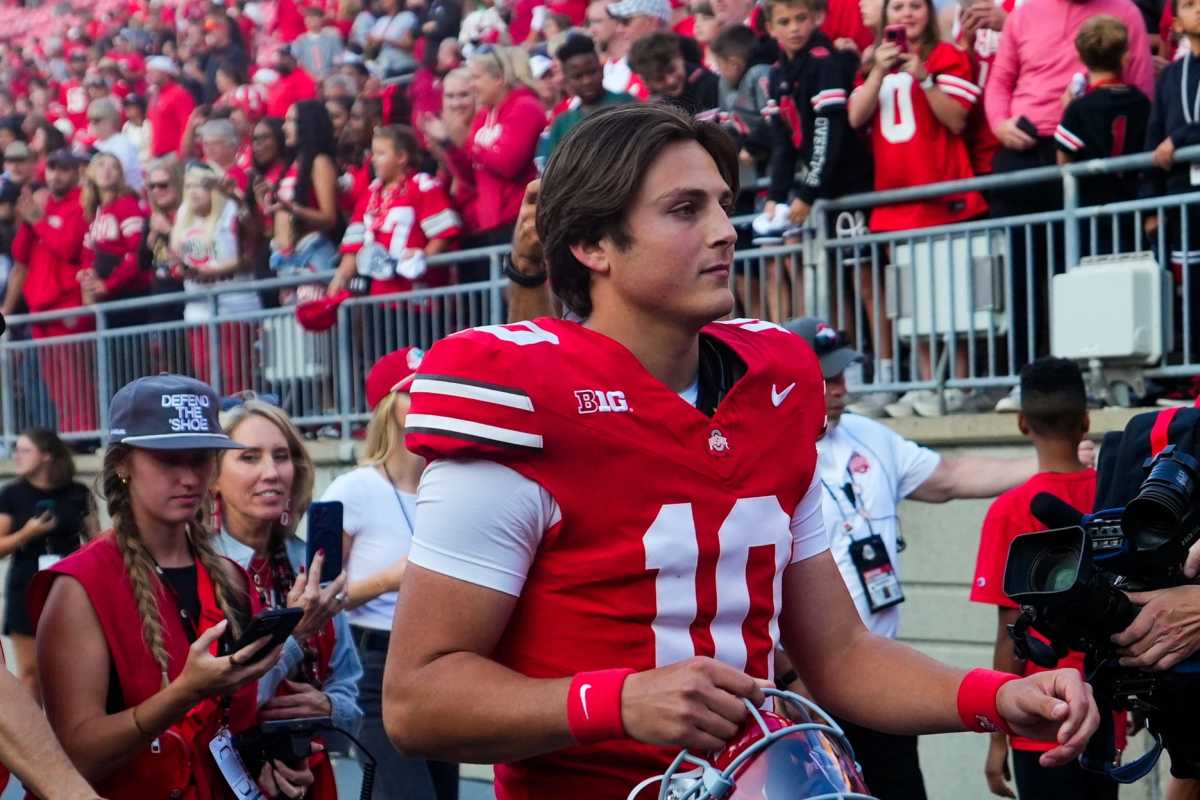
Julian Sayin is looking to lead the Ohio State Buckeyes to the national title alongside several other stars like wide receiver Jeremiah Smith.
Ohio State heads into the College Football Playoff with one of the best rosters in the country, starring Sayin and Smith along with wide receiver Carnell Tate, safety Caleb Downs and linebacker Arvell Reese.
Advertisement
They’re heading into the playoffs as the No. 2 seed after losing to Indiana in the Big Ten title game. The Buckeyes will have a bye week to begin the CFP.
Other teams that will benefit from the bye week include Indiana, Texas Tech and Georgia.
During his time off, Sayin shared some exciting news off the field. The Ohio State Buckeyes quarterback has partnered with Wingstop and Dr Pepper in his latest NIL deal.
“Postseason calls for big plays with @drpepper and @wingstop, had to get the play card out,” Sayin posted.
Advertisement
Sayin committed to Ohio State after spending some time with the Alabama Crimson Tide.
While he was planning his college football career at Alabama, he made the move to the Big Ten and finished his first season as the starting quarterback as a Heisman Trophy finalist.
Sayin was ranked as the No. 1 quarterback and the No. 6 overall player in the 2024 recruiting class, per 247Sports.

Ohio State Buckeyes quarterback Julian Sayin (10) Adam Cairns/Columbus Dispatch / USA TODAY NETWORK via Imagn Images
Before signing his latest NIL deal and sharing the news with fans online, Julian Sayin had inked deals with The Foundation, Dick’s Sporting Goods and JLab Audio.
Advertisement
Related: Alabama Reacts to Ty Simpson News Before College Football Playoff
Related: SEC Program Fires Coach After College Football Season
This story was originally published by Athlon Sports on Dec 16, 2025, where it first appeared in the College section. Add Athlon Sports as a Preferred Source by clicking here.
NIL
Stars Stay, Others Head to Portal
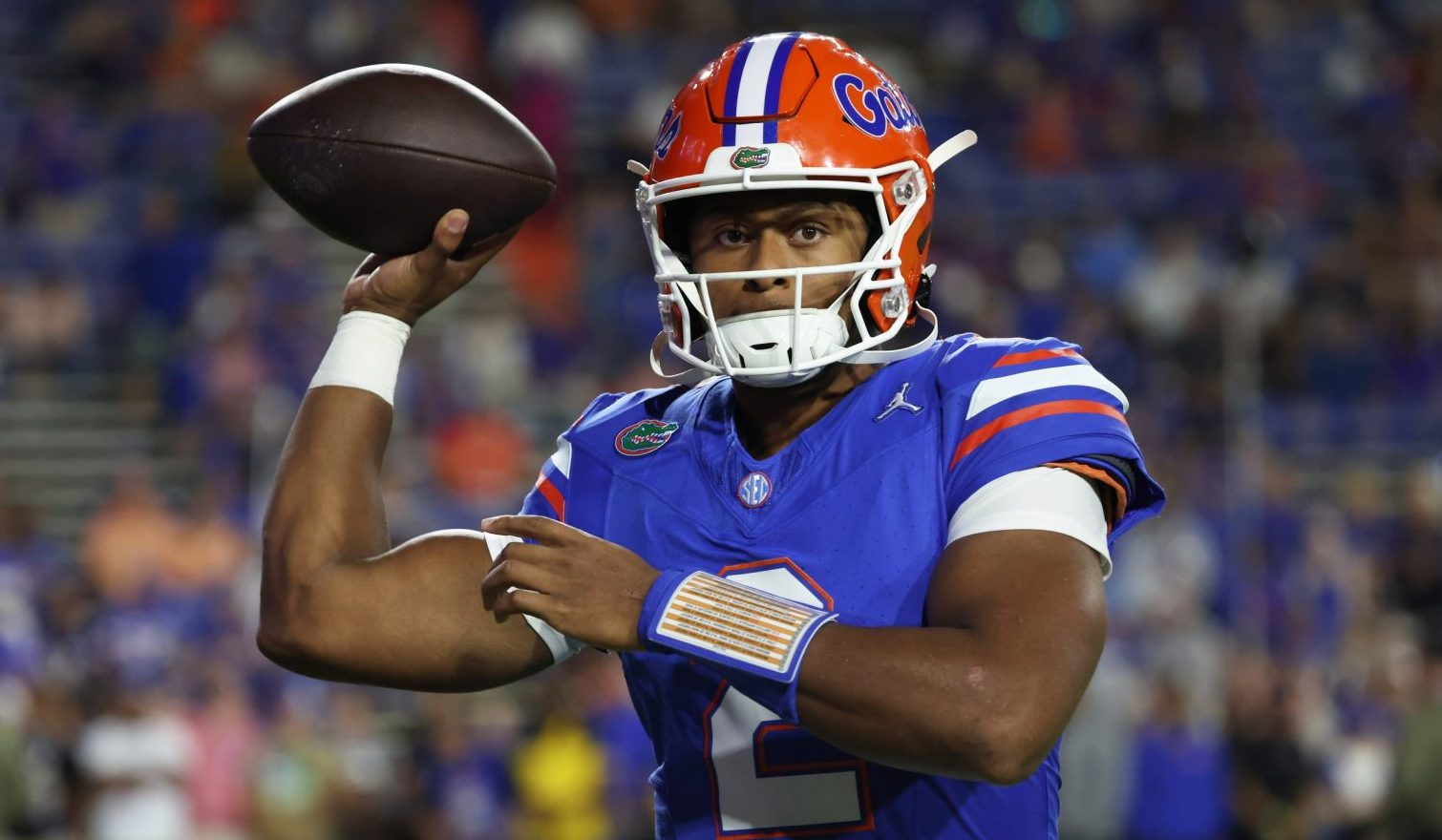
NIL
Texas A&M’s KC Concepcion has ‘not made a decision’ regarding future
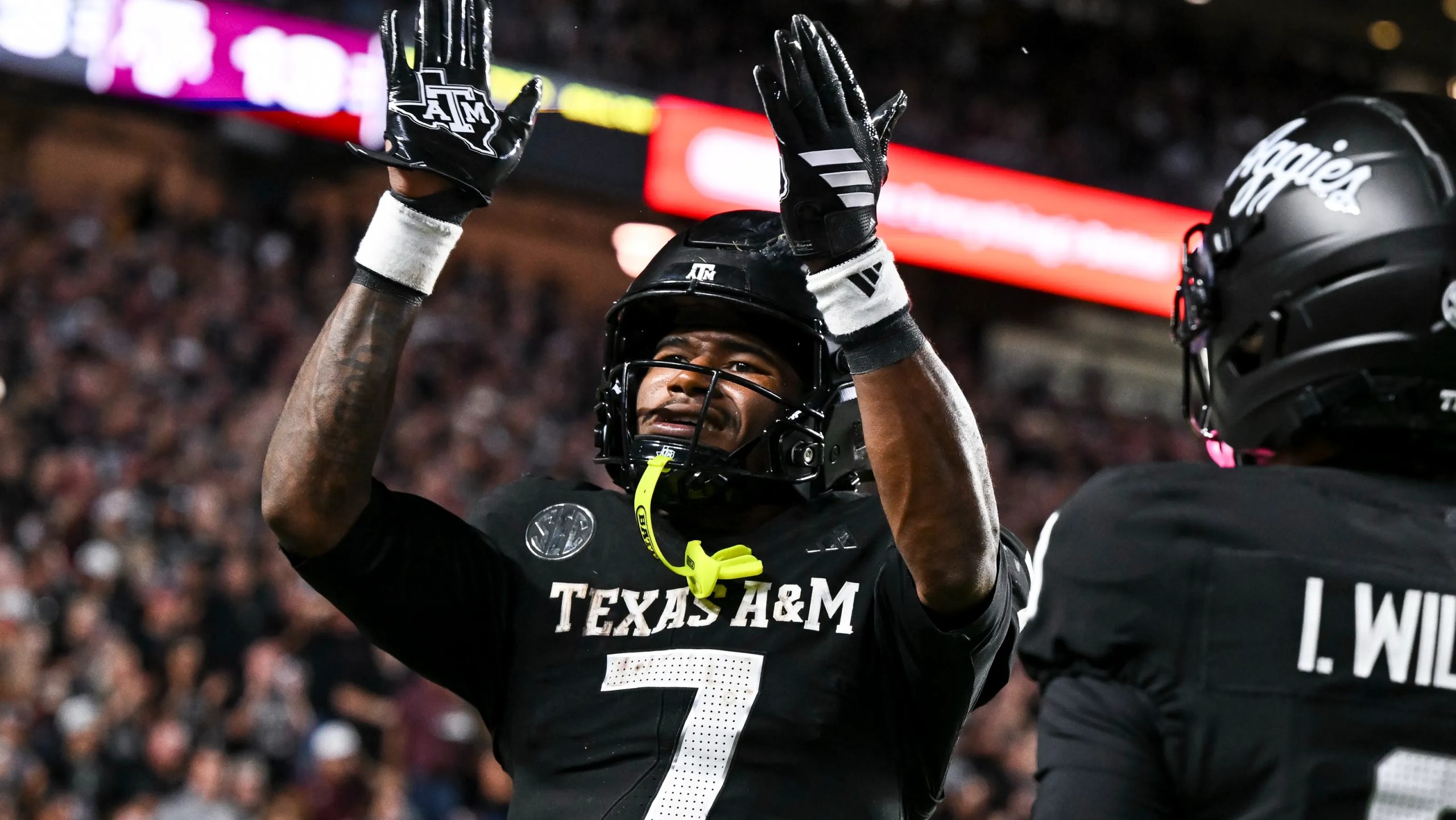
Dec. 16, 2025, 5:06 a.m. CT
Texas A&M’s 2025 offense finished the regular season ranked 19th nationally, while starting quarterback Marcel Reed threw for a career high 2,932 yards and 25 touchdowns, with 13 going to star wide receivers KC Concepcion and Mario Craver, who completely rejuvenated a passing attack that failed to move the needle in key games down the stretch last season.
While Craver is expected to return next season for his all-important junior year, Concepcion has a choice to make regarding his future, choosing between a final year in College Station or declaring for the 2026 NFL Draft, where he is expected to be a first or second-round selection.
Whatever choice he makes is entirely up to him and his family, and while those of us in the media have written numerous articles about his draft standing, returning for his senior season could benefit his NFL future. Still, Concepcion is as mature as they come and is entirely focused on facing the Miami Hurricanes this Saturday during the first round of the College Football Playoff.
On Monday, Concepcion took questions from the media ahead of the game and was asked about his potential return or a draft declaration.
“I have not made a decision yet.”
“Talking with my coaches, talking with my parents. We’re going to put our trust in God. Whatever He has in store for my future, we’re going to go like that.”
In today’s college football landscape, NIL deals have made returning for a final season much more appealing than the old structure, so a return in 2026 is not out of the question. However, Concepcion is viewed as one of the top prospects for his elite versatility as an NFL slot receiver and as a Day 1 punt return specialist.
This decision will be saved for the offseason, because defeating Miami and making it to the CFP Quarterfinals is all that matters right now.
Contact/Follow us @AggiesWire on X (formerly Twitter) and like our page on Facebook to follow ongoing coverage of Texas A&M news, notes and opinions. Follow Cameron on X: @CameronOhnysty.
NIL
Josh Pate defends Joel Klatt amid G5 backlash, proposes second tier to College Football Playoff

FOX Sports analyst Joel Klatt found himself in a social media firestorm after comments he made about the Group of Five on a podcast appearance on Next Round Live. Clips of that interview quickly went viral with short snippets of some of the quotes.
The gist of those snippets suggested that Klatt was anti-G5, to the point of wanting the G5 kicked out of the College Football Playoff. Klatt intimated that the only thing keeping the G5 in the playoff currently is the threat of litigation.
College football analyst Josh Pate had his own thoughts on Joel Klatt’s take. He mostly came to the defense of the suddenly targeted analyst.
Pate first played a couple clips from Klatt’s appearance in their entirety. That offered more full context.
“Some of that was insane, I’m going to grant you that,” Pate said of Klatt’s points. “I just want to say the foundation of it I at least understand. The foundation of it is sound. Not all the parts of it. The foundation of it is sound.
“Couple of quotes there. No. 1, the G5 is in the College Football Playoff to avoid litigation is basically true.”
Pate lambasted the use of quote edits in condensing Joel Klatt’s much larger point into a few soundbites. He tried to explain how that’s misleading to his viewers.
“You know sometimes how you see a snapshot or a small soundbite of something and you get outraged by it and then you go on to learn the context of it two weeks later and you’re like, ‘Wow, I probably shouldn’t have gotten as outraged as I did over that,’ Pate said. “That is what is happening to Klatt. Admittedly he brought a lot of this on himself. …
“Now, what you probably saw was you probably saw quote edits like this or quote graphics like this. And if you’re listening on podcast just imagine scrolling through your social feed and there’s a picture of Klatt, looks like he’s somewhere sunny and happy and there’s a quote at the top, and it says, quote, ‘We don’t want Cinderellas. We want the best teams playing each other at the end. It’s the dumbest tournament and the least fair tournament in all of sports.’”
That part from Joel Klatt, obviously, was what many detractors latched onto. But it doesn’t take away from Klatt’s overall point about the G5, Pate pointed out.
So all the moaning over James Madison being in the playoffs is for naught. That’s just the way the current structure is set up.
“They are present in the playoff, they’re granted an auto bid in the playoff because if they are not then lawsuits will be filed immediately,” Pate said. “So that part’s accurate.
“Now whether or not you think it’s morally sound that they’re included in the playoff, that’s your own opinion. He’s got his, I’ve got mine, you’ve got yours. But he is right. Because in no other merit-based world where we just judged these teams on a static scale of quality, of resources and therefore what you do with the resources, and the results on the field and strength of schedule, in no world would James Madison be in the playoff. But the parameters of the playoff right now are that we take the five highest-ranked conference champs. So by every current rule James Madison is in the playoff and should be in the playoff. I don’t disagree with that. Tulane is in the playoff and should be in the playoff. I don’t disagree with the structure. I don’t disagree with the body of the playoff this year based on the current rules.”
So what’s the solution? Well, Joel Klatt also offered an answer for that. It just didn’t happen to go viral with the other stuff.
Klatt believes the G5 should effectively break off from the power conferences and host its own playoff. It would be a playoff tier between the FCS and the FBS.
“That’s been the same point that’s been made on my show,” Pate said. “So you notice if you really hated the G5 you’d just say, ‘Piss on the G5.’ That’s not what he did, despite the fact that that part didn’t get shared widely and it’s not what I’ve ever done on this show.
“Any time you have a problem with something, you ought to have a solution for it. So if your problem is, ‘Man, it makes little sense that we’ve got 136 teams pretending to play the same caliber of the sport’ you need to have a solution. That solution he just presented is the same one we’ve shared on this show, and that is a G5 playoff.”
NIL
How NIL has transformed Ohio State’s recruiting from star-chasing to strategic roster building
COLUMBUS, Ohio — The days of simply collecting as many five-star talents as possible in college football recruiting are over.
In a revealing Buckeye Talk podcast episode, Ohio State analysts Stephen Means and Andrew Gillis detailed how the program has shifted to a more sophisticated “roster construction” approach that mirrors NFL team building more than traditional college recruiting.
“I think that because the financial aspect has come into this but also just logical roster building that has become more of a focal point than star, star, star, star, stars,” explained Stephen Means. “Because for a long time, college football was like, get as much talent as you humanly can, develop it, cuz you were living in a world where the top 1% of college football had all the talent. And that’s not true anymore.”
This fundamental shift in philosophy is perhaps most evident in how Gillis described Ohio State’s running back recruiting needs for the 2027 class. While five-star David Gabriel Georgees tops their board, the approach is more nuanced than just stacking elite talent.
“If they got three five stars running backs, the odds that we got on this podcast and said that’s actually probably not that good is higher than it might seem because we were saying why is your asset management this? Like because hey, look at your your receiver recruiting was down. You couldn’t have spent some of that money on a receiver,” Gillis explained.
The financial component of recruiting has transformed how Ohio State approaches each position group and recruiting class. It’s no longer just about who’s the best player available, but whether investing heavily in one position might shortchange another.
“It is a math equation. It is a money equation at this point. You’re not going to go get three five stars at running back in a single class,” Gillis emphasized.
Means further elaborated on how NIL money has forced this change: “You can’t pay a fivestar recruit, fivestar recruit money and then have the guy sitting on the bench because there’s another guy with there’s only so much money to go around.”
This strategic approach has Ohio State looking at players through different lenses: “ready to go” immediate contributors (typically five-stars and top-100 recruits), “developmental” prospects (usually ranked 200-350 nationally), and “depth” pieces who might be ranked lower but fill specific roles.
The analysts identified several instances where this approach is evident in Ohio State’s 2027 planning. At quarterback, they’re content with a developmental prospect in Brady Edmonds rather than chasing another five-star. At wide receiver, despite already having five-star Jir Brown committed, they believe Ohio State needs another elite receiver plus two depth pieces to properly structure the room.
“Now we are talking about roster construction,” Means said. “And the reason why we structured it this way is okay, they went and got a devel they have a developmental quarterback in 2027. They probably need a ready to go quarterback in 2028 and they probably need a depth quarterback in 2029. And the cycle continues, right?”
This staggered approach ensures Ohio State will have players at different stages of development at every position, creating a sustainable pipeline of talent ready to contribute when needed.
“Everybody everybody’s running the same race, but they can’t be running it at the same pace or you’re not going to have a team to field every single year,” Means added.
The conversation revealed how Ohio State’s recruiting approach now more closely resembles NFL roster management, with considerations for “salary cap” (NIL budget), positional value, and development timelines all factoring into decisions that previously might have been simply about collecting the highest-ranked players available.
As college football continues to evolve in the NIL era, this strategic roster construction philosophy may become the new standard for elite programs looking to maintain sustainable success.
Here’s the podcast for this week:
-

 Motorsports3 weeks ago
Motorsports3 weeks agoRedemption Means First Pro Stock World Championship for Dallas Glenn
-
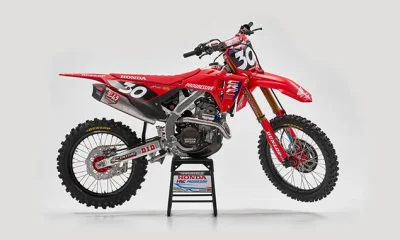
 Motorsports3 weeks ago
Motorsports3 weeks agoJo Shimoda Undergoes Back Surgery
-

 Motorsports7 days ago
Motorsports7 days agoSoundGear Named Entitlement Sponsor of Spears CARS Tour Southwest Opener
-

 NIL2 weeks ago
NIL2 weeks agoBowl Projections: ESPN predicts 12-team College Football Playoff bracket, full bowl slate after Week 14
-

 Rec Sports3 weeks ago
Rec Sports3 weeks agoHow this startup (and a KC sports icon) turned young players into card-carrying legends overnight
-

 Rec Sports2 weeks ago
Rec Sports2 weeks agoRobert “Bobby” Lewis Hardin, 56
-
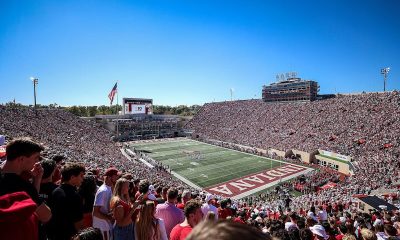
 NIL3 weeks ago
NIL3 weeks agoIndiana’s rapid ascent and its impact across college football
-

 Motorsports3 weeks ago
Motorsports3 weeks agoPohlman admits ‘there might be some spats’ as he pushes to get Kyle Busch winning again
-
Sports2 weeks ago
Wisconsin volleyball sweeps Minnesota with ease in ranked rivalry win
-
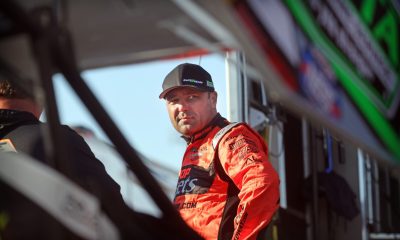
 Motorsports1 week ago
Motorsports1 week agoDonny Schatz finds new home for 2026, inks full-time deal with CJB Motorsports – InForum




























